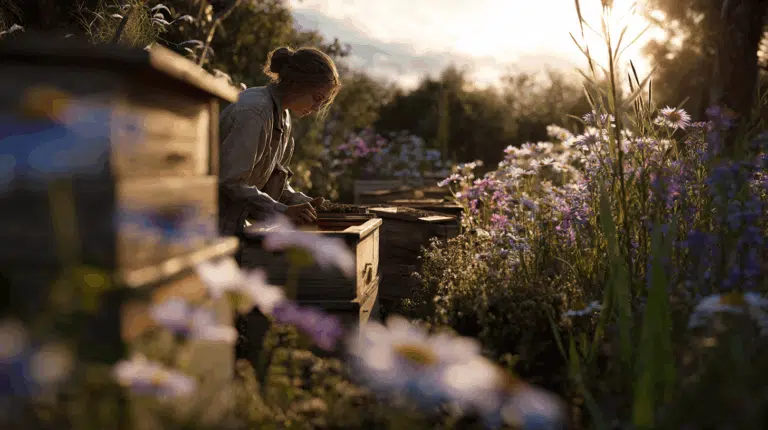Biennial flowers are the perfect bridge between summer annuals and perennials. They offer growers, florists, and wholesalers a reliable product that blooms beautifully in its second year. With their robust growth, abundant blooms, and long vase life, biennials are a valuable addition to any professional assortment.

A biennial plant has a life cycle that spans two growing seasons. In the first year, the plant produces only leaves and roots, after which it overwinters. In the second year, the plant produces flowers and seeds, after which it dies.
Popular biennial flowers include foxglove, hollyhock, honesty, wallflower, sweet william, violets, and forget-me-nots.
However, modern breeding has developed many varieties that flower even without a cold period (e.g., violets).
Biennials are generally sown in summer (June-July). This gives the plants enough time to develop a strong root system and leaves before winter.
Sowing indoors and then transplanting is not necessary.
Most hardy species can overwinter outdoors. They then form a rosette of leaves to protect themselves from the cold.
In colder climates, it may be necessary to protect plants with a layer of mulch, such as straw or leaves. This helps insulate the roots from severe frost.
Bolting is a phenomenon in which a biennial plant begins flowering and producing seeds in its first year. This can be caused by extreme weather conditions, such as cold spells.